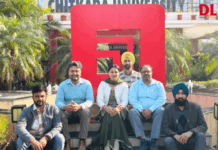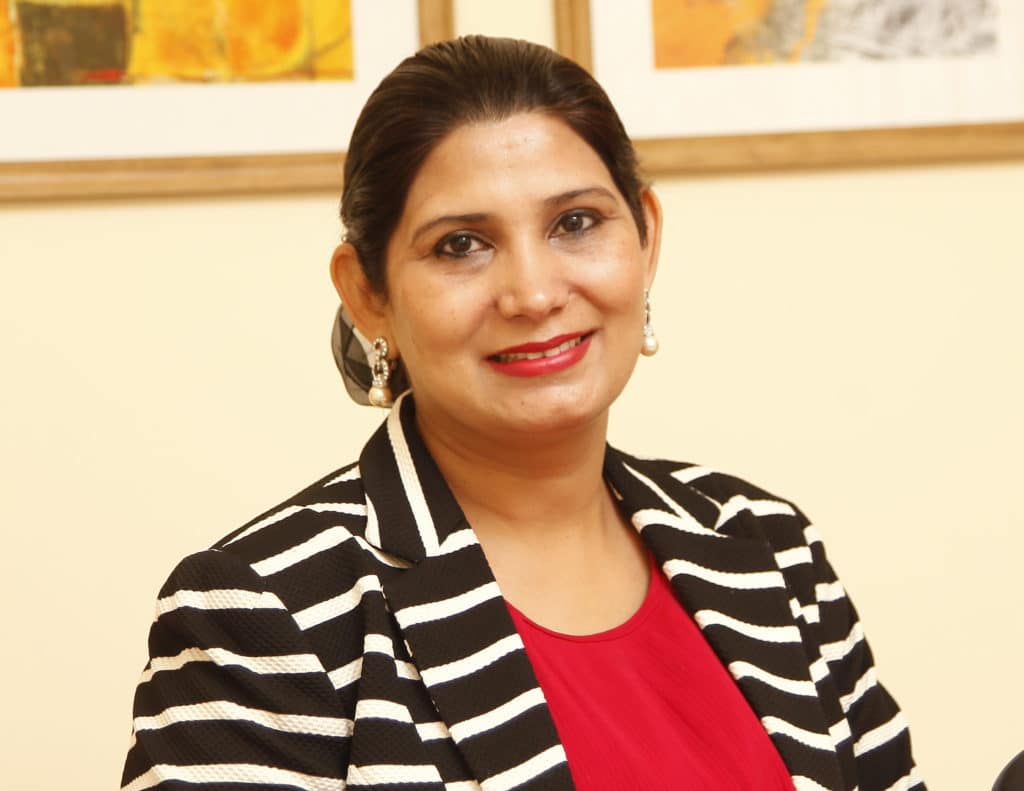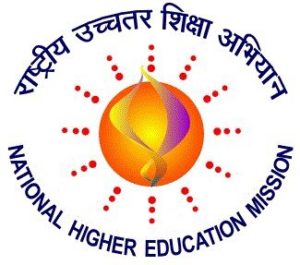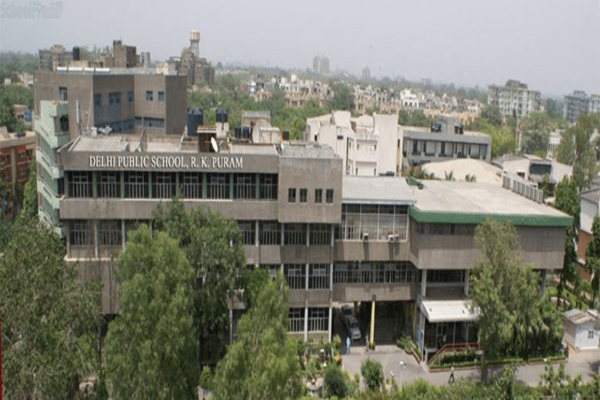It is often forgotten that overseas education comes at a very high price and parents often take loans at high interest, sell their land or family silver to fund the expensive education. So, this investment ought to be backed by serious planning and clear objectives, writes Ajay Sharma, President, Abhinav Outsourcings Pvt Ltd for Elets News Network (ENN).

Given a chance and a choice, everyone would like to have an opportunity to study abroad but that is not the right thing to do. Often the reasons to make this choice are low percentage marks in India or peer pressure. In some instances, the only reason one studies abroad is to settle down in the destined country after the completion of the course. Then there are some instances where a wrong course or overseas study destination is chosen, simply because ones’ IELTS language score is not good or one is just desperate enough to study abroad; irrespective of what the course is. Often it’s parent’s pressure to study abroad because of their societal status!
It is often forgotten that overseas education comes at a very high price and parents often take loans at high interest, sell their land or family silver to fund the expensive education. So this investment ought to be backed by serious planning and clear objectives.
To start with, one should always look within ones’ own country for higher education options available in the areas of their interest. If qualified to get admission into a good academic institution and especially at the undergraduate level, there is no need to go overseas for education. Overseas education, especially on research and specialization side, is best taken as post-graduate level.
The primary reason behind a student going abroad is to receive higher and better quality education and from that perspective following points needs special consideration:
- Choose an overseas course as per aptitude and exclusivity. Unless overseas education is offering exclusivity vis-à-vis knowledge, there is no point going for it. Sad but true, that many a times such decisions are taken because of beautiful buildings and other attractions that are of particular interests to youth.
- Choose a university or college that is recognized by local government agencies to accept international students. This is especially important in countries like Canada, Australia and New Zealand that offer pathway to work permit, followed by permanent residency, after the qualification has been earned and studies are over.
- Choose a course of right duration, which qualifies the student to apply for post qualification work permit and subsequent permanent residency.
- Choose a course that looks into future and addresses the shortages of future job market.
- Always choose a course that will have good demand and is recognized within ones’ own country or will help one in contributing to family’s business. This is very important in situations where one is not settling down abroad or one does not get a post qualification work permit or residency. The huge investment made in overseas education must not go in vain.
- Choose a course that suits ones’ parent’s budget and not just because fellow companions are doing it.
- Choose a university and course, whose credits are easily transferable to other courses and institutions.
- Choose a university and course that offers options of internship and training. Getting practical experience and skills is very important.
And last but not the least; choose the overseas educational consultant very carefully. Ask all the right questions when opting for the right destination, institution and course. Following tips will help:
- Go to a known consultant, who has infrastructure, offers the best advice on all the popular destinations and has well-trained staff.
- An ideal consultant will have official representation of these institutions and not be a sub-agent of an authorized agent.
- Most of the time students get cheated because they are not informed about the institutions accreditation with local Government as regards acceptance of international students is concerned.
- Ensure that there is no misinformation about the duration of the course one should undertake; especially if the intention is to settle down in the destined country under an immigration program. Such programs will normally require local qualification for certain duration to be eligible.
- Don’t be misguided into short team 6-12 months, unless that is what one is looking for and relates to a specialization or a skill. These certificate courses rarely carry any value.
- Check with the consultant on his fee policy before starting the process. Most of these consultants get commission from the institutions.
- Ensure to get right advice on the English language test that is required to meet admission requirements.
- Ensure to keep the officials of the university/college in the loop before any payments are made and also clear all the queries, if any. Ask them directly to an authorized university/college official rather than just depending on the agent.
In Summary, take overseas studies as a lifetime investment and right decision should be taken after comprehensive research and thought. Most importantly, go for it only if it is offering something that the country of your origin does not offer. And don’t forget your Indian values while studying abroad, and share them with everyone.


































